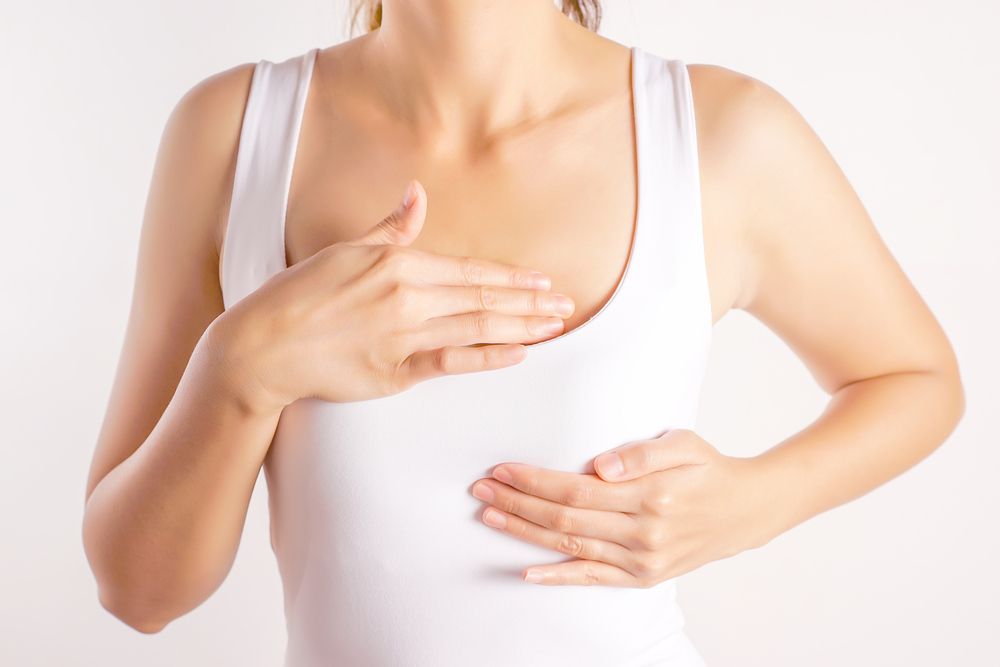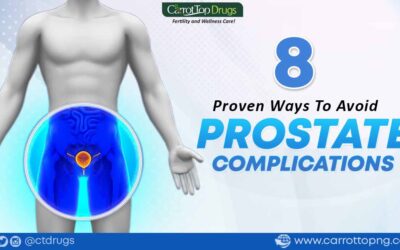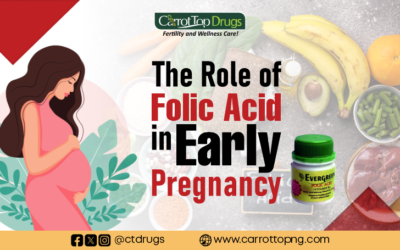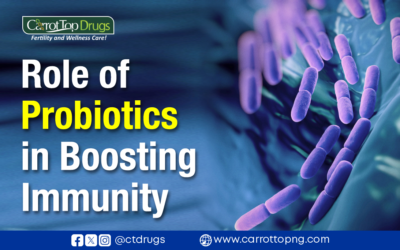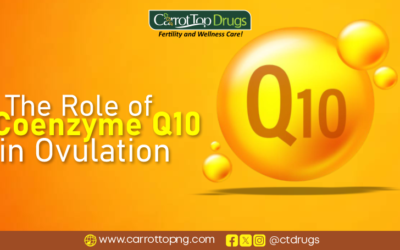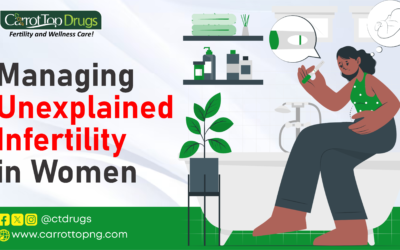Breast/nipple discharge could occur in women who are not breastfeeding. The sight of a breast/nipple discharge could be alarming and also be a source of concern. Lactation is common in breastfeeding mothers and could also occur during pregnancy as well. However, it is possible for a woman to produce milky discharge from one or both nipples even if she is not pregnant or breastfeeding. The symptoms and causes of breast/nipple discharge in non-breastfeeding women include the following:
SYMPTOMS
The sign and symptoms of breast/nipple discharge in non-breastfeeding women may vary depending on the underlying cause. But they usually include:
- Intermittent or persistent milky nipple discharge
- Nipple discharge involving multiple milk duct.
- Manually expressed or spontaneously leaked nipple discharge.
- One or both breasts affected.
- Irregular or absent menstrual periods.
- Headaches or vision problems.
- You may experience low libido.
- You may develop acne
CAUSES
- MEDICATIONS: If a woman is under some kind of medication which could affect her mammary glands, it may stimulate her glands to produce breast milk even if she is not pregnant or breastfeeding. These medications could be birth control pills, tranquilizers and anti-depressants, anti-psychotics, certain sedatives, high blood pressure drugs and opioids, cocaine and marijuana.
- EXCESSIVE BREAST STIMULATION which could be associated with frequent breast self-exams, nipple manipulation, sexual activity and prolonged clothing friction (wearing clothes that cause friction between your nipples).
- HYPOTHYRODISM: If the thyroid gland fails to produce enough hormones for the body, it could lead to large amount of prolactin. This prolactin hormone can stimulate the body to produce large amounts of milk.
- TUMOURS: If your pituitary gland has been affected by tumors, which can also result in the release of breast milk. These tumours can result in the production of too much prolactin which could stimulate your body to produce too much milk.
- NERVE DAMAGE: Nerve damage in the chest region can also lead to breast/nipple discharge. This damage could be due to shingles (painful rash), chest surgery or burns around the chest area.
- CHRONIC KIDNEY DISEASE: The kidney does the important job of filtering out the excess amounts of prolactin from the blood and therefore, the inability of the kidney to work properly can also result in breast/nipple discharge in a non-breastfeeding woman.
- HERBS: Certain herbs like fennel, fenugreek, cumin and anise seeds can stimulate the production of prolactin and breast milk.
- MISCARRIAGE: Physical and hormonal changes occur in the body during pregnancy. Sometimes, the body may start to lactate even after miscarriage. This is due to hormonal changes and imbalances which have already occurred in the body.
- INFECTION: Breast/nipple discharge which contains pus may indicate an infection in the breast. This condition is referred to as mastitis. It is usually seen in women who are breastfeeding. But it could also occur in non-breastfeeeding women. If you have and abscess or infection your breast, you may notice your breast is red, sore or warm to touch.
10. MAMMARY DUCT ECTASIA: This breast/nipple discharge is typically seen in women who are approaching menopause. This condition results in inflammation and possible blockage of ducts which are located underneath the nipple. An infection may develop which results in thick and greenish breast/nipple discharge when this occurs.
11. INTRADUCTAL PAPILLOMA: These are non-cancerous growths which form in a milk duct (a bodily passage or tube lined with epithelial cells and conveying a secretion or other substance) in the breast. These growths are made up of gland and fibrous tissues as well as blood vessels. Intraductal papilloma may result in bloody or sticky breast/nipple discharge.
DIAGNOSIS OF BREAST/NIPPLE DISCHARGE IN NON-LACTATING WOMEN
If you are having symptoms of breast/nipple discharge and you are not pregnant or breastfeeding, you should see your Doctor for proper diagnosis and assessment. The following tests will be very helpful.
- PHYSICAL EXAM: Your Doctor may first feel for any unusual masses or growths in the breast to check if they are the cause of abnormal lactation occurring. They would also take a sample of the discharge from the breast for further tests.
- MAMMOGRAM: A mammogram is a simple test to check for tumours and growth in the breast region, which helps the doctor understand more about the cause of abnormal lactation. It is like an X-ray but is specialized for breasts.
- BLOOD TEST: Your doctor would also take a sample of your blood for extensive tests. Abnormal levels of the hormone in your blood can give the doctor an idea about what may be causing abnormal lactation in your body.
- PREGNANCY TEST: Your doctor will also conduct a pregnancy test to make sure you are not pregnant, because pregnancy, is the most common causes of breast milk production in females.
CAN BREAST/NIPPLE DISCHARGE IN NON-BREASTFEEDING WOMEN BE TREATED?
Treatment depends on the underlying cause. Not all cases require treatment. In some cases, women can manage the symptoms with lifestyle medication such as avoiding tight clothing, reducing nipple stimulation, and wearing padded bra inserts inside a bra to soak up any nipple discharge, limit breast self-exams, try to be less stressed, avoid illegal/hard drugs and strive to live a healthy life in total.
If treatment is necessary, it will be based on the underlying cause of lactation. Treatment may include:
- Changing medications (if abnormal lactation is due to medication, your Doctor may prescribe a substitute or advise you to stop taking the medicine altogether).
- surgical removal of any tumors affecting the pituitary gland
- If the breast/nipple discharge is due hormonal imbalance/thyroid issue, fertility supplements like EVERGREEN FORMULAR FOR WOMEN correct hormonal imbalance and they are recommended for the treatment of abnormal lactation/hyperprolactinemia.
In conclusion, breast/nipple discharge in non-breastfeeding women is due to a variety of reasons with associated symptoms. Not all cases are serious but proper diagnosis is very important. If you observe any symptoms of abnormal lactation and your nipples discharge a milk-like substance constantly, you should see your Doctor to confirm the underlying cause so as to get appropriate treatment

